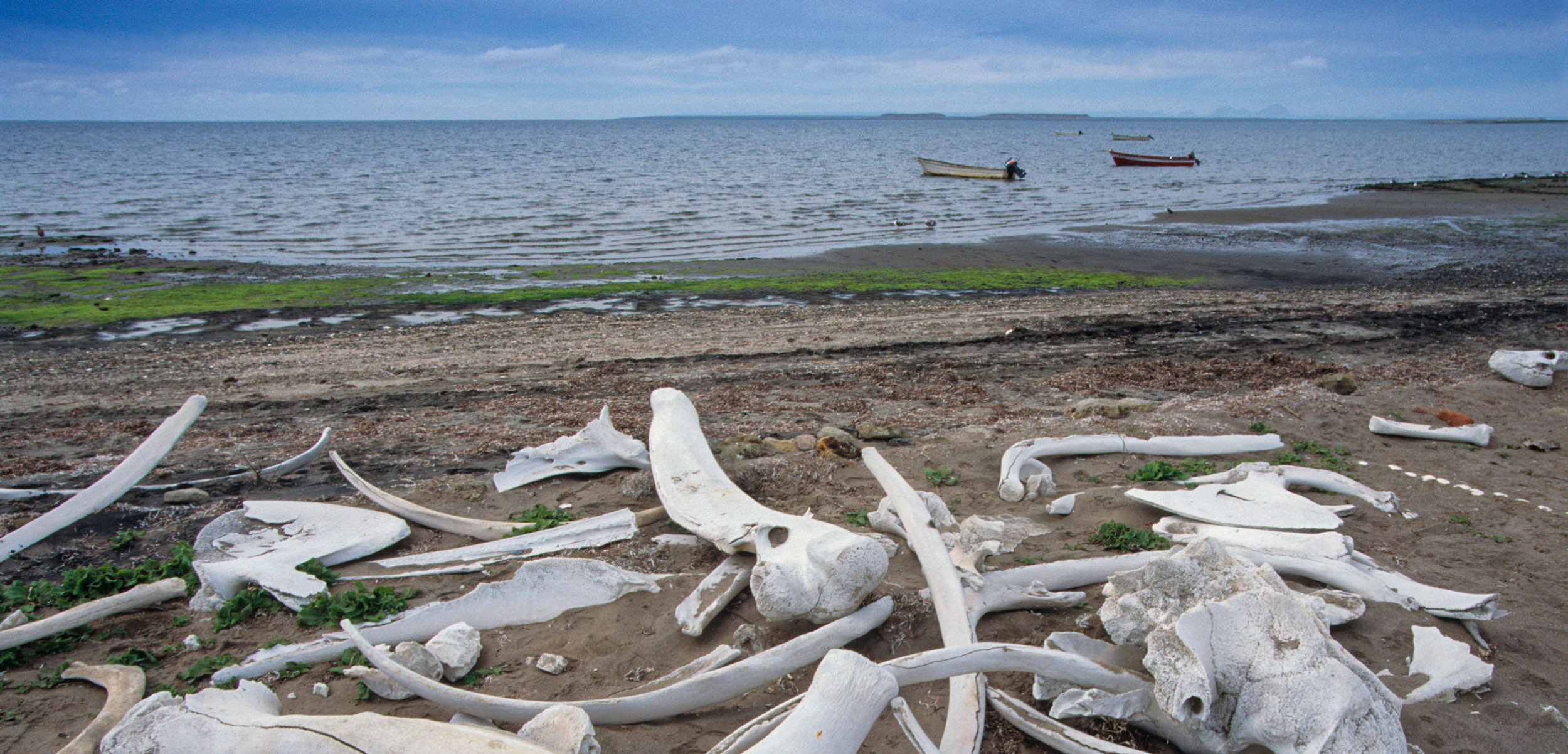How Diseases Sweep through the Sea
For marine mammals, viral and bacterial outbreaks are on the rise.
Article body copy
The ongoing coronavirus pandemic is a reminder of the devastation disease outbreaks can cause. But such disasters do not only affect humans. New research led by Claire Sanderson, a wildlife epidemiologist and immunologist at Virginia Polytechnic Institute and State University, shows that disease outbreaks among marine mammals have quietly been on the rise. Between 1955 and 2018, a sixth of marine mammal species have suffered a mass die-off caused by an infectious disease.
Reports of disease-induced mass die-offs in marine mammals have been increasing since at least 1996. This could be due in part to increased surveillance. However, it’s also likely that scientists are still underestimating the true numbers of outbreaks in these populations. Marine mammals travel great distances in remote parts of the oceans, and often the only indication that something has gone wrong is when carcasses start washing up on shore.
Disease dynamics in marine systems are relatively unexplored compared to those on land. To address this, Sanderson combed through decades of published work documenting the occurrence of disease-driven mass deaths. The majority of outbreaks, she found, were caused by viruses such as influenza A and strains of Morbillivirus—viruses that cause pandemic flus and measles in humans, respectively.
Bacteria are the next most common causes of mass die-offs, but these die-offs tend to be less severe. On average, a viral outbreak causes roughly 7,000 marine mammal deaths, while a bacteria-induced mass mortality event causes 350 deaths. Compared with death tolls from the largest outbreaks in human populations these may appear small, but for already threatened animals such as Mediterranean sperm whales and pilot whales, even the loss of a few animals endangers the population’s long-term survival.
Sanderson’s previous experience studying the spread of disease in terrestrial species showed that highly social species are more at risk from viral pathogens. The current emphasis on physical distancing to mitigate the spread of SARS-CoV-2 is a prime example of the role of social interaction. The same is not true in the ocean, however.
Instead, Sanderson says, for many marine mammals, unique features of their life histories, rather than day-to-day socialization, can lead to spikes of viral spread. “Species such as harbor seals and Caspian seals, even though they’re considered solitary, actually aggregate during the breeding season.” Seals haul out in huge groups, she says, and that’s when you see infectious diseases move through.
For highly social species like dolphins, she believes their ways of interacting help protect them from disease. “Larger groups can split into smaller groups,” she explains. “Then they can come back together for predator avoidance or information exchange.” Dolphins are very fluid in their social structure, she says—a dynamic that helps them avoid disease transmission.
Another difference between land dwellers and ocean species is that marine mammals are exposed to pathogens from both environments, whereas terrestrial creatures generally are not. Terrestrial diseases move into marine populations when animals come on land or when contaminated runoff flows into the sea. “Marine mammals, especially those like pinnipeds that move from the terrestrial interface to the water interface, are exposed to a greater diversity of pathogens,” she says.
Alonso Aguirre, a wildlife disease expert at George Mason University in Virginia, explains that canine morbillivirus, which causes canine distemper, first jumped to seals in 1988 and has been spreading ever since. “We know that it came from a terrestrial origin,” he says. Several potentially fatal seal and dolphin morbillivirus strains have also been identified.
Additionally, Sanderson found that climate change and warming sea surface temperatures are associated with outbreaks. However, she believes that we have yet to fully grasp the cascading effects that climate change and other anthropogenic disruptions will have on marine environments. The ocean is a vast and highly interconnected environment, making it difficult to predict or even quantify the damage from a mass mortality event, says Sanderson.
“Marine mammals are not as well studied as terrestrial mammals, and we don’t know much about the level of interconnectedness between them and the ecosystems in which they live,” she says. “But we do know that the effects will be far-reaching.”

